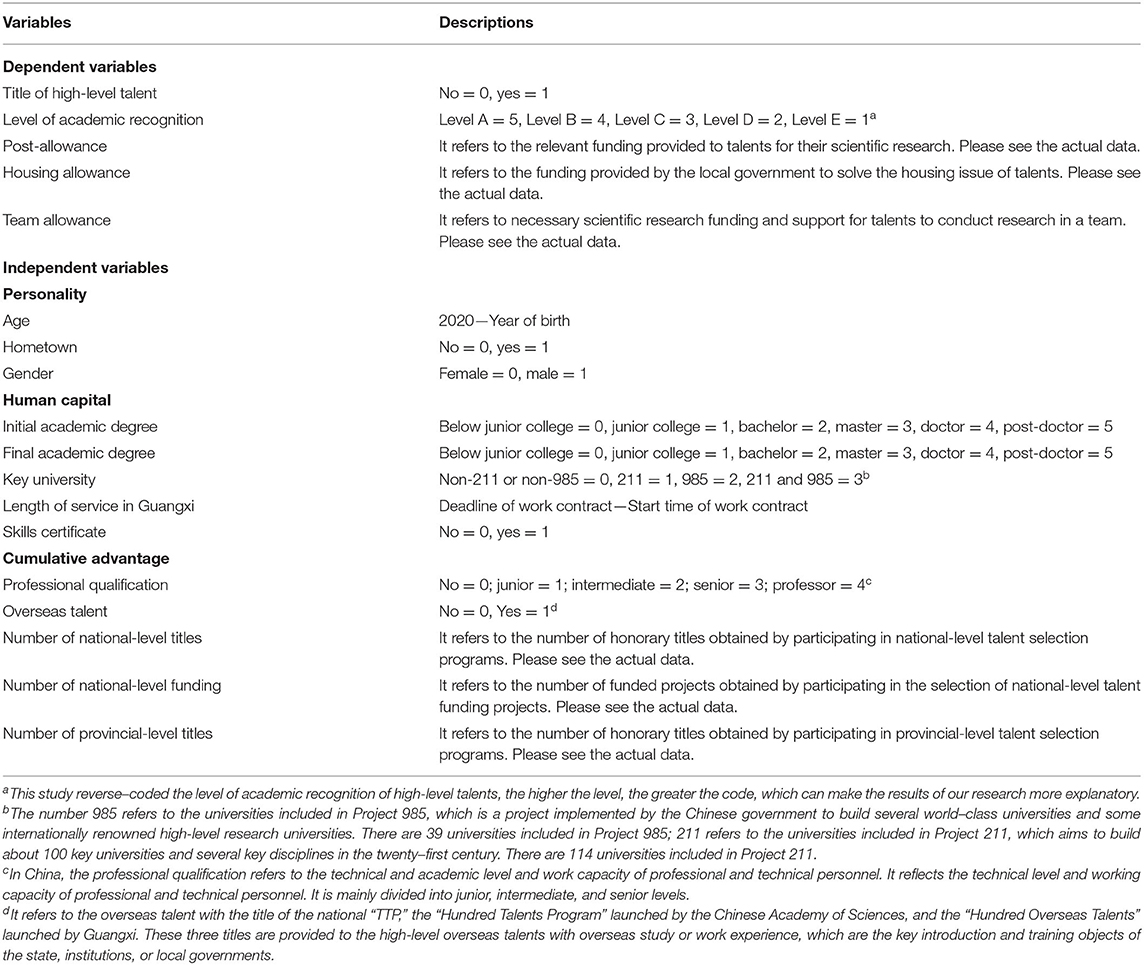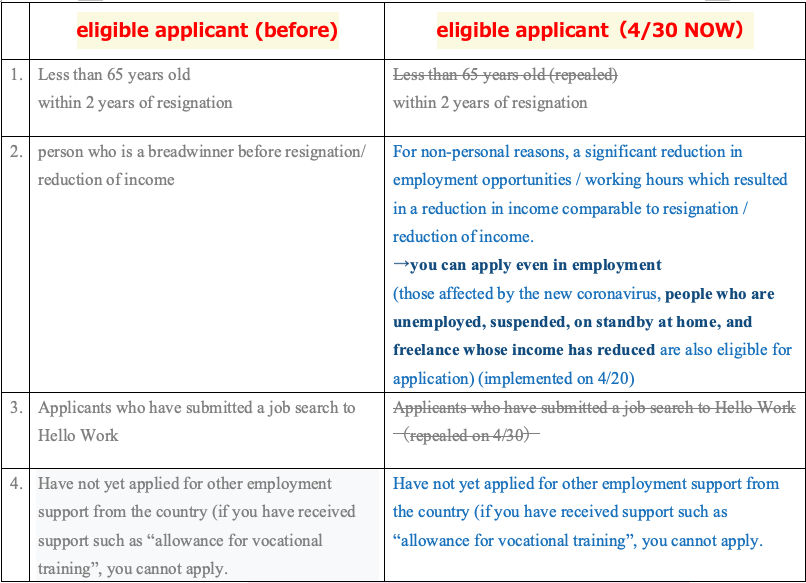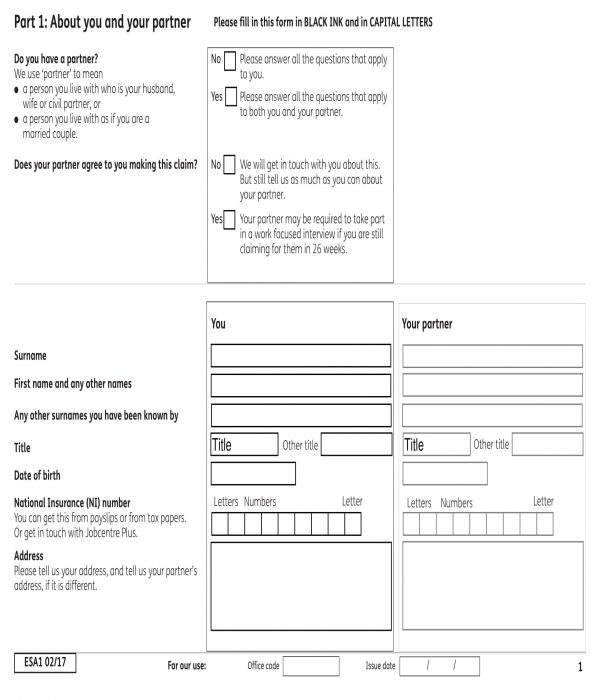

The IRS seems to provide clarification through another clause in IRC Section 529 that states: We also know that, for off-campus students, the expense for room and board qualifies to the extent it isn’t more than the allowance for room and board in the COA for a particular academic period.

Referring to IRC Section 529, we know that, because “The actual amount charged if the student is residing in housing owned and operated by the school,” on-campus students can be reimbursed for room and board without regard to the COA allowance.

#Other words for housing allowance full#
That leaves open the question of whether you can still be reimbursed for the full COA allowance if your actual expenses were less.īased on available guidance, the answer is not clear. In other words, you can be reimbursed for room and board expenses you actually spent, but you can’t be reimbursed for more than the room and board allowance regardless of your expenses. You can reimburse exactly the COA allowance regardless of your expenses. You cannot reimburse more than the allowance for room and board regardless of your expenses.Ģ. The IRS only states two limitations on the amount of room and board you can reimburse:ġ. What if Off-Campus Expenses are Less than the COA – Can I Still Claim the COA Amount? You can find out both the on-campus and off-campus COA by contacting the college’s financial aid office, or Google the COA page for the college. So, for this example, any off-campus expenses that exceed $8,000 are not eligible for reimbursement. But it can set the off-campus COA at $8,000 to include rent, utilities, meals, and other reasonable living expenses. For example, a college might charge $10,000 for a meal plan and dorm room. Typically, the off-campus COA is smaller than the on-campus COA. However, the COA for off-campus room and board is different from the COA for living on campus. Generally, you cannot claim more than what a college allows for room and board expenses based on its stated COA for a particular academic period. How Do I Determine the Reimbursable Amount? Commuting students then cannot deduct mileage, gas, or any other transportation costs, but many students are not commuting to their new virtual classrooms. It doesn’t include non-academic fees such as student activity, parking, and transportation. The off-campus room and board reimbursement, which can include utilities and other reasonable living costs, are available to students enrolled on at least a half-time basis and on an 8-year graduation track. The reimbursable amount depends largely on the maximum amount the college permits for off-campus living costs based on its published cost of attendance (COA) used for financial aid purposes. The short answer is: Yes, room and board expenses for off-campus housing – including a parent’s home – may be reimbursed through a 529 plan, but not necessarily the full cost.

Live in Maryland? See relevant article: Maryland 529 plan: Benefits of Contributing to an MD 529 Plan Can I Be Reimbursed By 529 For Off-Campus Living? For many parents, this new reality raises a few questions regarding the use of 529 plans for reimbursing the room and board expenses for housing a student at home. As a result, colleges and universities are refunding a portion of the students’ room and board costs. With college campuses opting for online classes during the COVID-19 outbreak, many students have been taking classes from home, and all indications are this will continue at least through the fall of 2020.


 0 kommentar(er)
0 kommentar(er)
